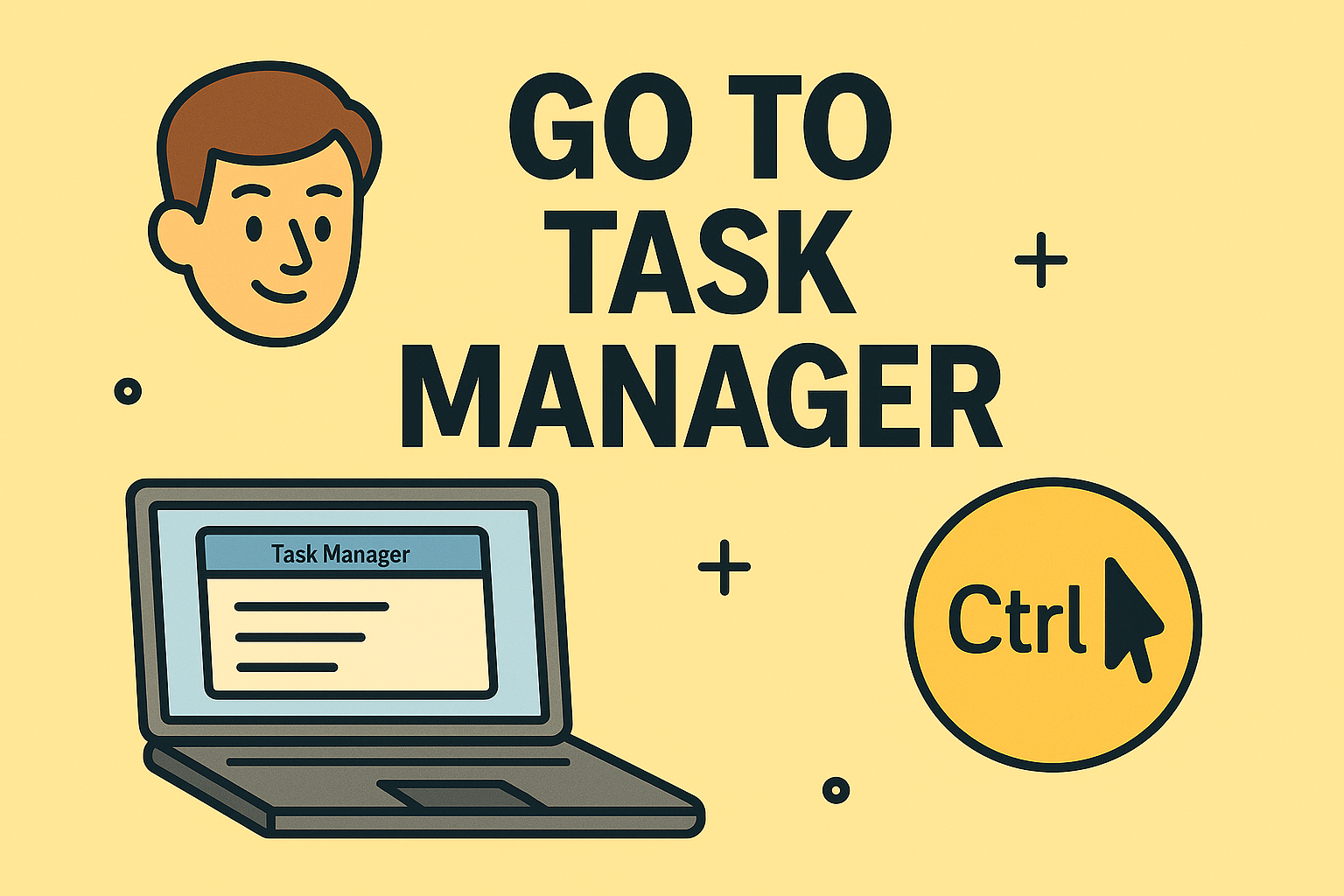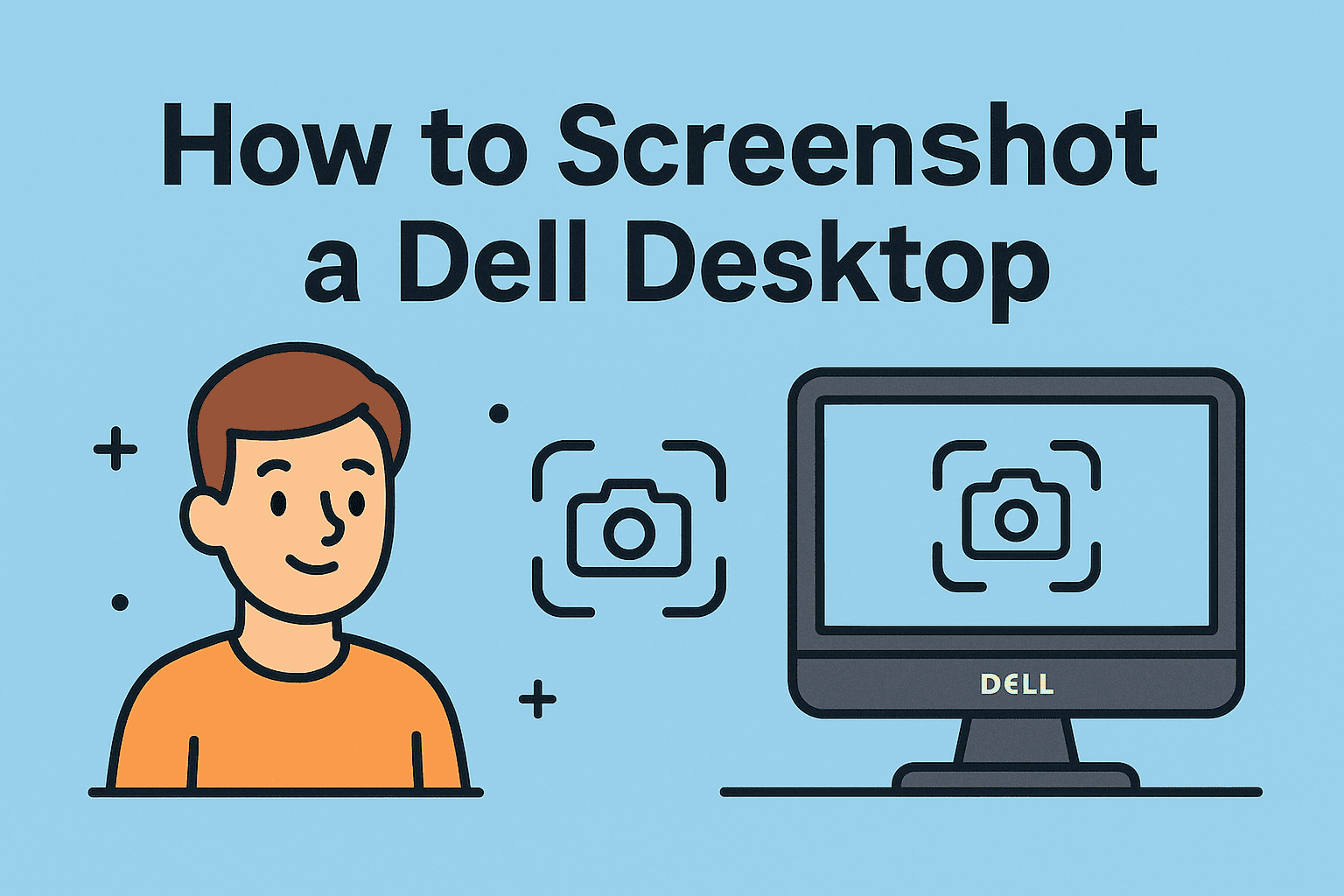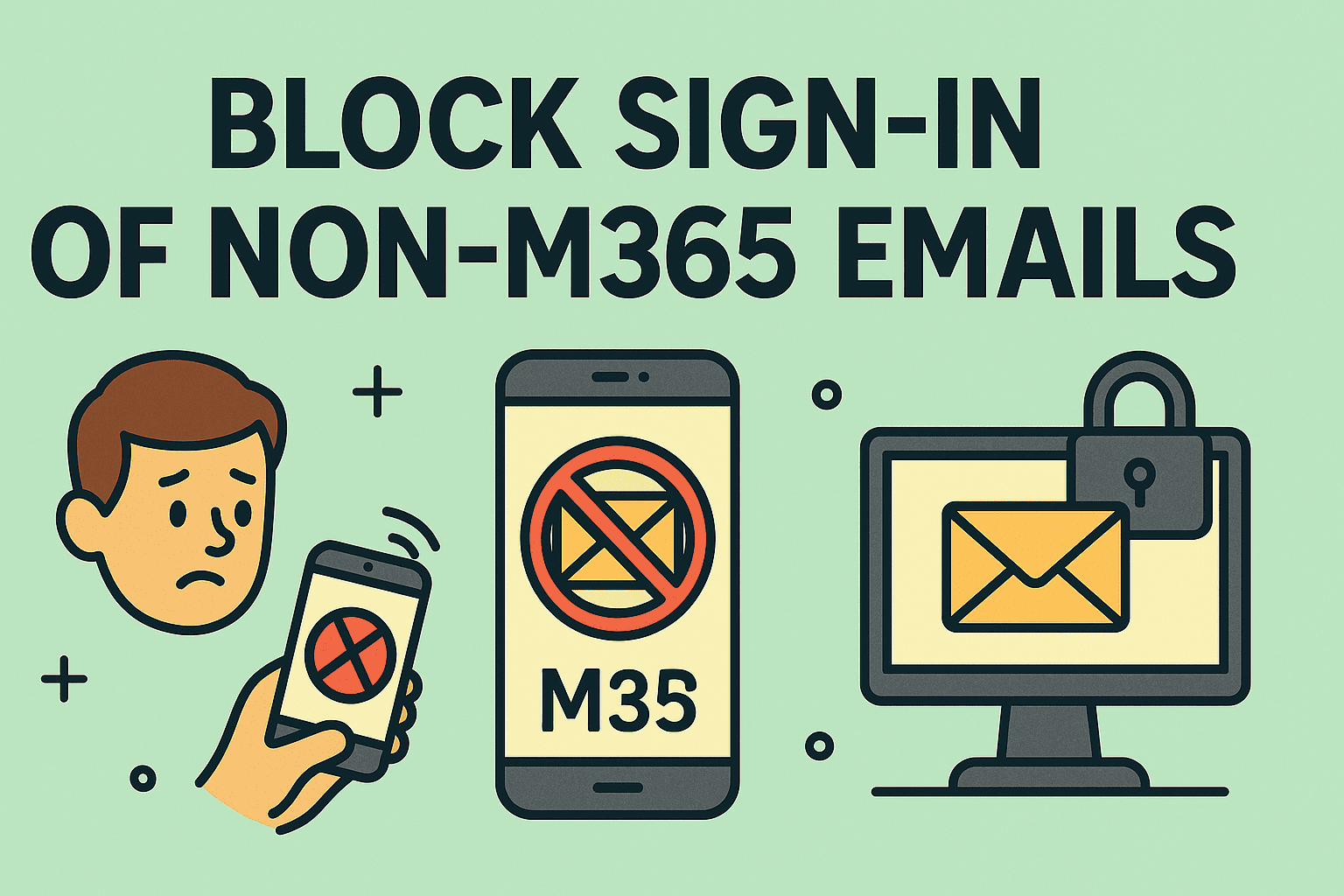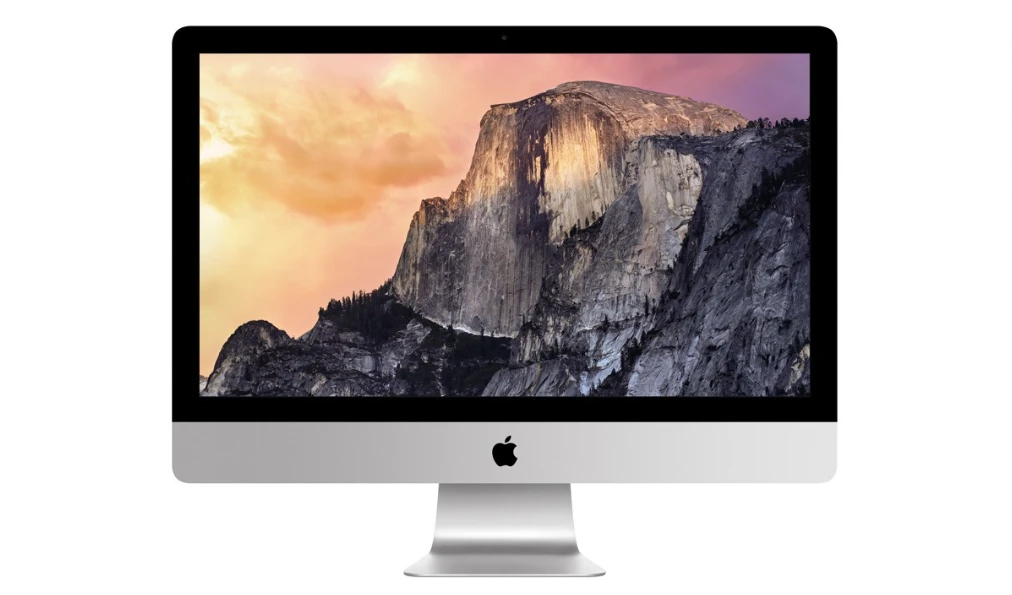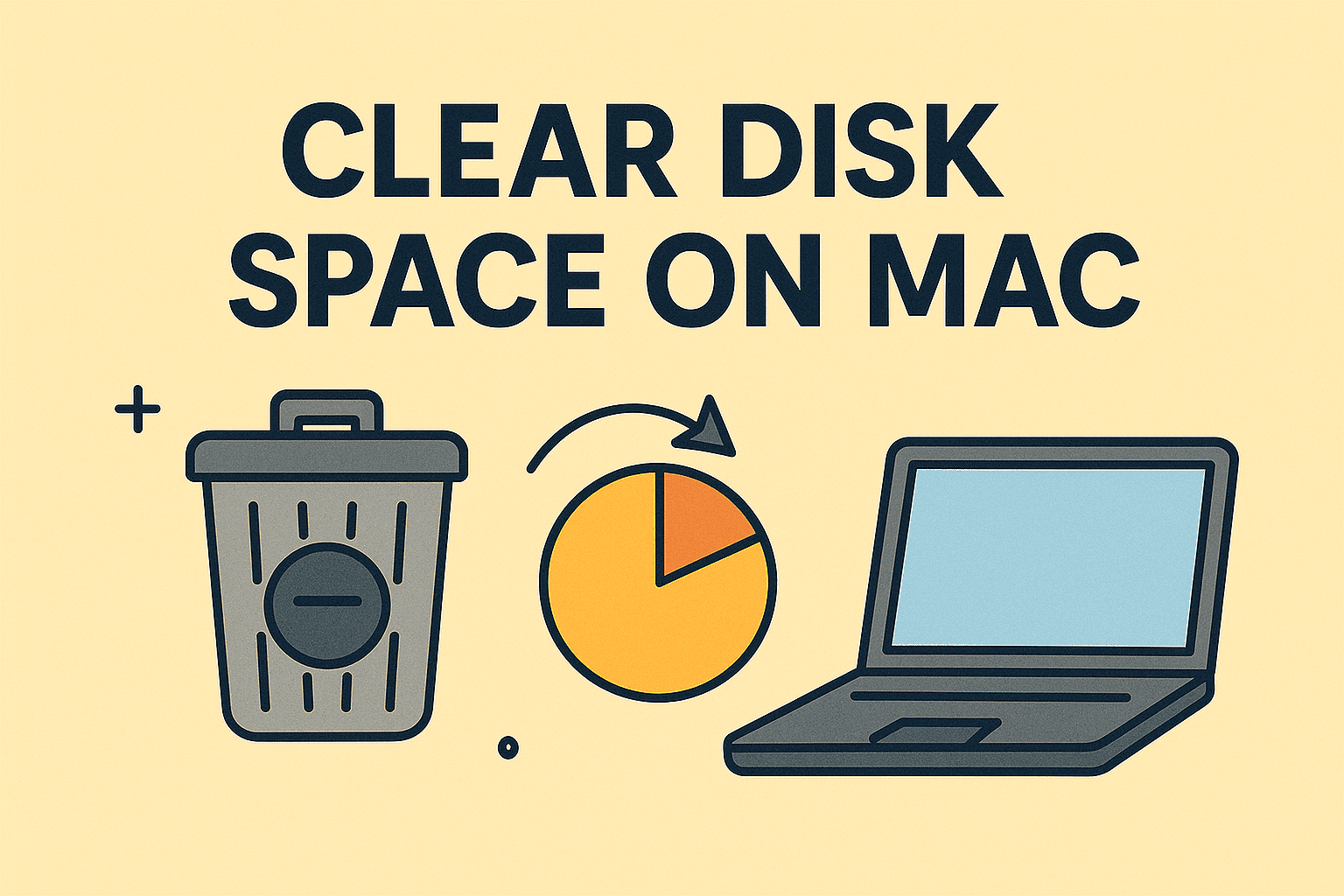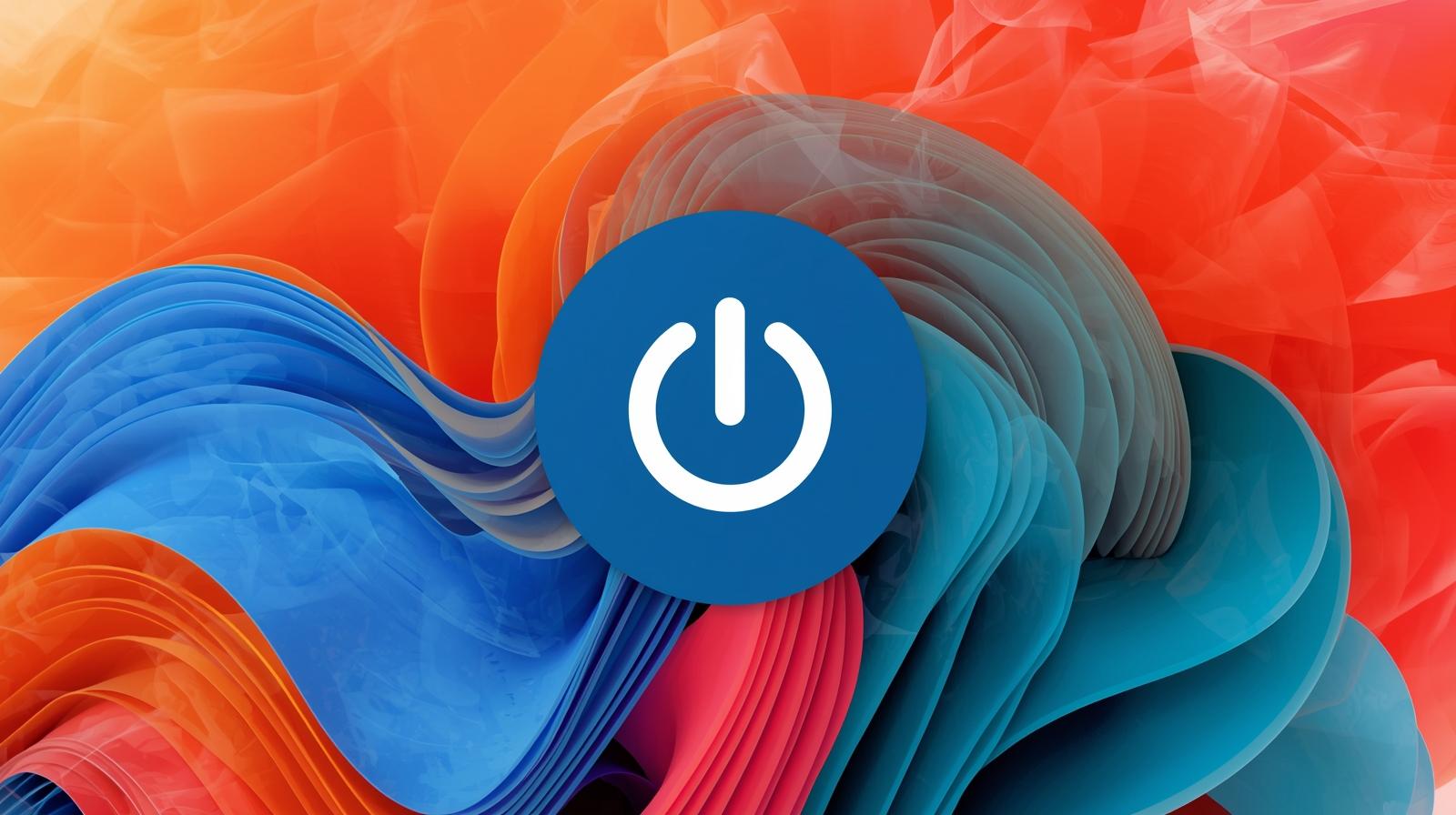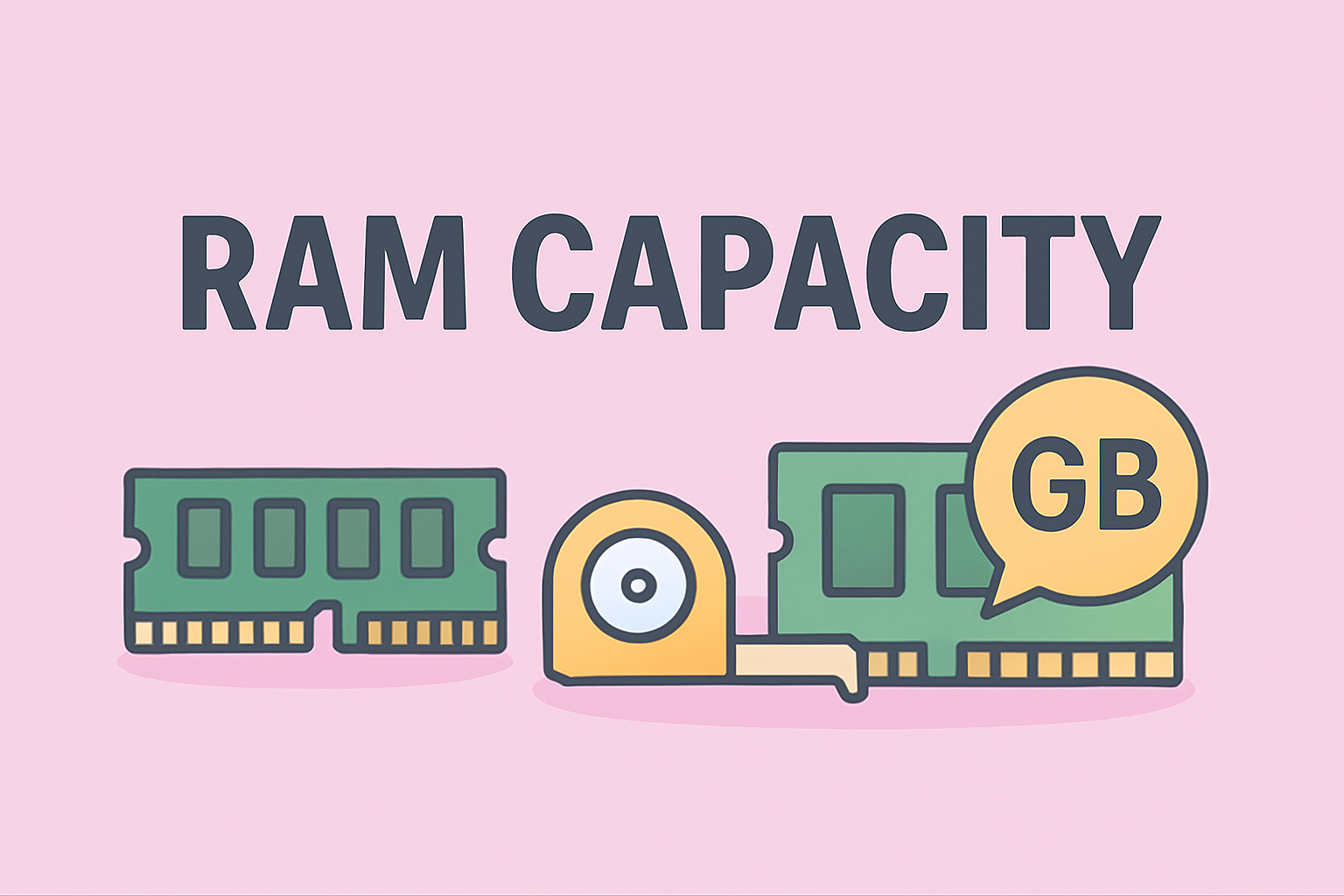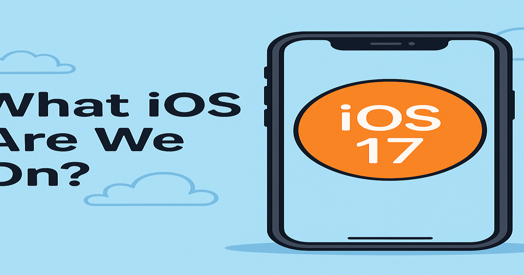Task Manager on Mac: How to Monitor and Manage Apps
Updated on July 28, 2025, by ITarian
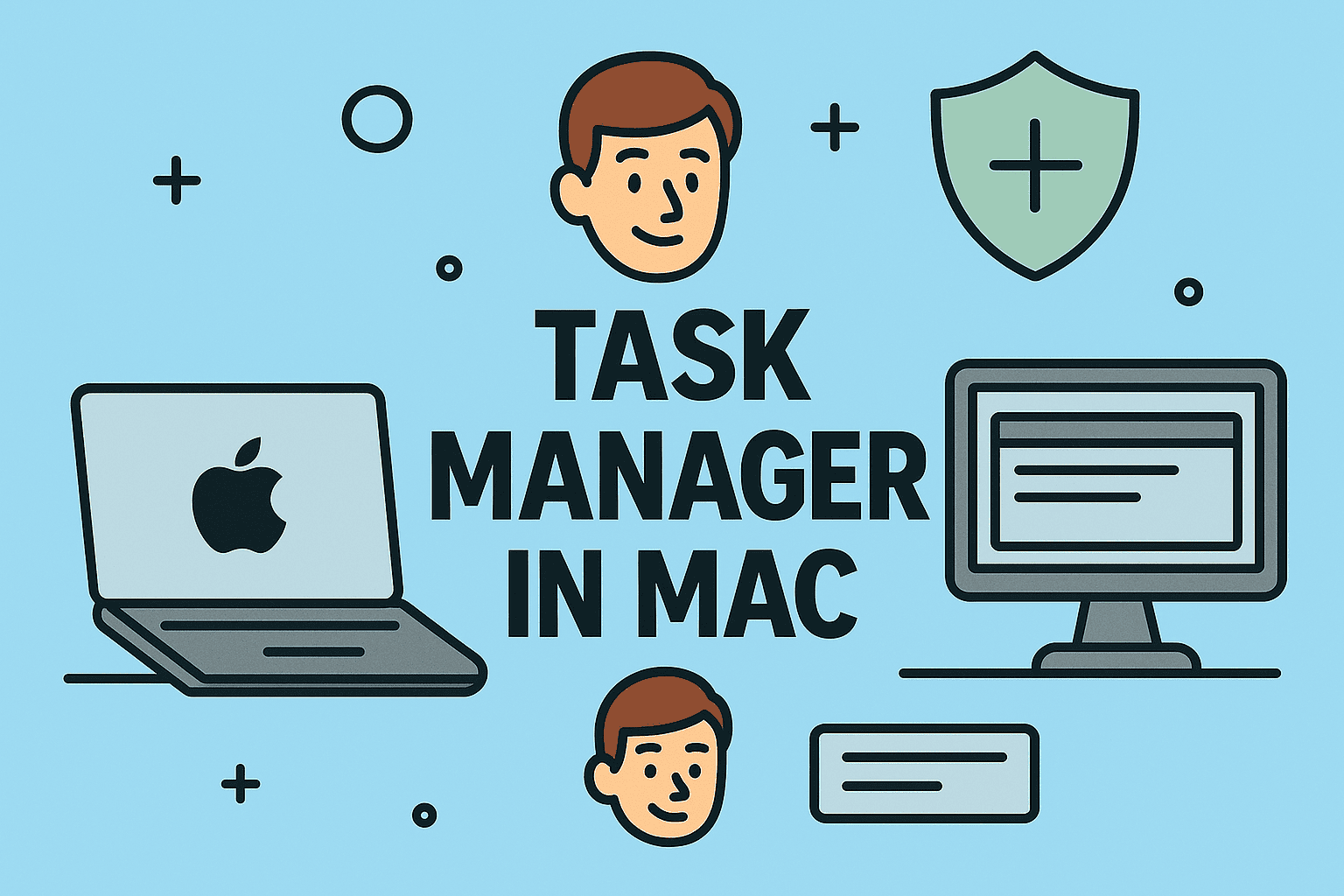
Ever wondered how to task manager in Mac the way you do on Windows? While macOS doesn’t have a utility called “Task Manager,” it offers a powerful alternative—Activity Monitor. Whether you’re troubleshooting performance issues or closing unresponsive apps, knowing how to navigate this tool is essential.
In this guide, you’ll learn how to access Activity Monitor, use task manager shortcuts, and check CPU usage on your Mac.
What Is the Task Manager Equivalent on Mac?
Mac doesn’t call it “Task Manager”—instead, it’s known as Activity Monitor. This tool provides detailed insights into what’s running on your Mac and how system resources are being used.
What You Can Monitor:
- CPU Usage
- Memory Consumption
- Energy Impact
- Disk Activity
- Network Performance
How to Open Activity Monitor on Mac
Accessing Activity Monitor is simple and can be done in several ways.
Method 1: Spotlight Search
- Press Command (⌘) + Space.
- Type Activity Monitor and press Enter.
Method 2: From Finder
- Open Finder > Applications > Utilities.
- Double-click Activity Monitor.
Method 3: Using Launchpad
- Open Launchpad.
- Search or browse for Activity Monitor and click to open it.
Understanding the Activity Monitor Interface
Once opened, Activity Monitor displays several tabs:
- CPU: See which apps are consuming the most processing power.
- Memory: Monitor RAM usage and swap memory.
- Energy: Track apps draining your battery.
- Disk: Observe read/write operations.
- Network: Review data being sent or received.
Mac Task Manager Shortcut to Force Quit Applications
If an app is frozen or unresponsive, use this shortcut:
- Press Command (⌘) + Option + Escape
- Select the app from the list and click Force Quit
This is a quick and efficient way to regain control when something misbehaves.
How to Check CPU Usage on Mac
To analyze which apps are slowing your system:
- Open Activity Monitor.
- Go to the CPU tab.
- Click the “% CPU” column to sort processes by usage.
This helps identify apps using excessive processing power so you can quit them if needed.
Tips to Improve Mac Performance Using Activity Monitor
Here’s how you can take control of your Mac using task manager functions:
- Quit Heavy Apps: Look for apps with high CPU or RAM usage.
- Monitor Battery Drainers: Check the Energy tab if on a MacBook.
- Free Up Memory: Use the Memory tab to spot memory-hungry processes.
- Track Background Processes: Identify and close apps running in the background.
When to Use Task Manager on Mac
You should access Activity Monitor when:
- Your Mac is running slow or overheating
- You suspect a rogue process is draining power
- Apps are not responding
- You want to monitor system resources during intensive tasks
FAQs About Task Manager on Mac
1. Is there a task manager on Mac like Windows?
No, but Activity Monitor serves the same purpose, offering even deeper insights.
2. What is the shortcut for task manager on Mac?
Use Command + Option + Escape to quickly force quit applications.
3. Can I monitor my Mac’s performance with Activity Monitor?
Yes. It provides detailed data about CPU, memory, energy, disk, and network usage.
4. How do I stop apps from using too much CPU?
Open Activity Monitor, identify the app under the CPU tab, and quit it manually.
5. Where is Activity Monitor located on Mac?
You’ll find it in Applications > Utilities > Activity Monitor.
Final Thoughts
Learning how to task manager in Mac is essential for anyone who wants to maintain system performance and troubleshoot issues quickly. Whether you’re checking CPU spikes, quitting frozen apps, or monitoring network activity, Activity Monitor is your go-to tool.
Want more powerful tools to manage your digital environment securely?

